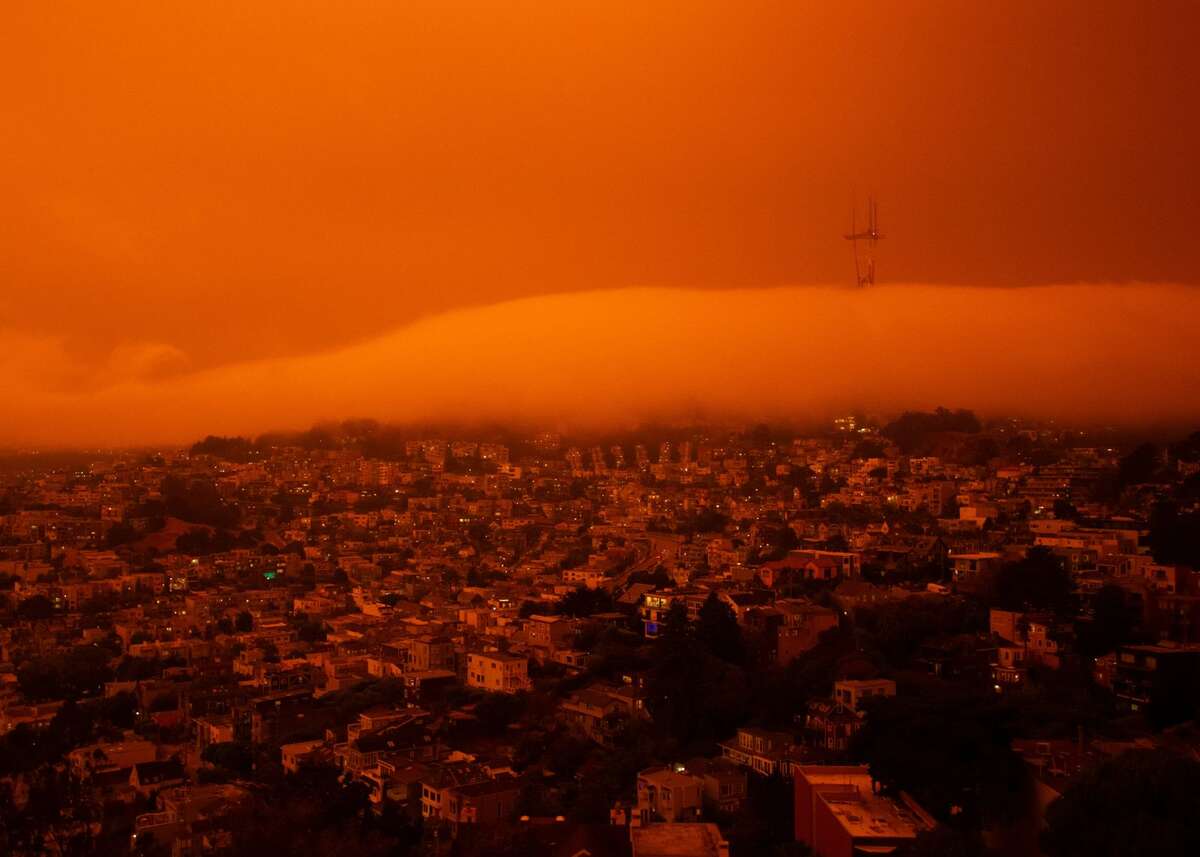By Dr. Michael Shank and US Congresswoman Yvette Clarke
With President Donald Trump’s administration removing climate change language from federal government websites, withdrawing the United States from the Paris climate agreement, ending climate disaster response within the Department of Homeland Security, and discussing plans to get rid of the Federal Emergency Management Agency (FEMA), Americans who are being displaced by global warming’s extreme weather may be out of luck when it comes to federal support.
This comes at a precarious moment for Americans. Last year registered as the hottest in recorded history, breaching the 1.5 degree Celsius globally-agreed-upon safety threshold for warming above pre-industrial temperatures. And with each additional degree of warming, we will witness more dangerous, irreversible, and catastrophic impacts from climate change. The U.S. government’s Annual Climate Report from 2024 highlights that more powerful tropical cyclones and floods are headed our way, as warmer ocean waters combine with rising sea levels to fuel more frequent and devastating storms.
That means we will see more Americans displaced due to climate change, not fewer, and a world without FEMA means more Americans will be on their own. The extreme weather in Los Angeles this year is just the latest to generate climate displacement, with tens of thousands left without homes. Unfortunately, it won’t be the last.
Across the U.S., more than 3 million Americans are already considered climate migrants, having moved due to mounting risk of flooding. Another 13 million Americans are projected to be displaced by the end of this century due to rising sea levels and the threat to coastal communities. Counties in Florida, for example, will need to relocate millions of residents to avoid climate disaster. Other coastal states and cities will face the possible migration of hundreds of thousands of their residents, including New York City, which is one of the most vulnerable cities to sea level rise.
That’s a lot of displacement and instability across our country. Soon, everyone in America may know what a climate migrant is. Americans will increasingly have to move from their homes to avoid the climate crisis, whether that be sea-level rise, flooding, fires, hurricanes or droughts, and many Americans don’t have the resources to just pack up and move, making the displacement all the more precarious.
That’s why FEMA, which is under attack by the new administration, is so essential and why we need to save it. FEMA has been helping communities across the country access federal resources to relocate. It recently launched a Community-Driven Relocation Subcommittee to support voluntary movement away from high-risk areas.
Why? Because preemptive relocation is becoming more common. Over the last two decades, the federal government has been involved in helping entire towns relocate to escape worsening climate impacts, from New Jersey and North Carolina, to Alaska, Oregon and Louisiana. With federal financing, these communities and towns have rebuilt in safer places and spaces and are living new lives out of harm’s way.
These FEMA-supported preemptive relocation efforts save millions of taxpayer dollars. Instead of the constant rebuilding of repeatedly damaged homes and livelihoods, which happens often, relocation avoids that cost to taxpayers and helps ensure that communities can thrive in safer environments.
And yes, while cities across America are quickly adapting to become more resilient, they can’t do this on their own. As Rep. Clarke’s smart cities legislation notes, we have a responsibility to the American people to improve the quality-of-life of every citizen by providing clean air, resources and tech to make our cities safer, and climate resilient communities to combat the devastating impacts of climate change.
That’s why FEMA is the place to prioritize national preparedness for adapting to and mitigating climate change risks and impacts. It’s also the place to help us identify at-risk zones. And it’s the place to proactively work with vulnerable communities on the front lines of the climate crisis to build resilience and leverage federal resources.
We can’t wait until these communities are underwater or on fire. We need to identify places where the climate crisis is less capable of displacing communities and make space for those seeking refuge. And for Americans unable to move to a more secure environment, we need to do everything we can to build community resilience.
It’s a lot to juggle. Safeguarding our communities on the front lines—especially low-income communities and communities of color—while simultaneously working to decarbonize the economy and curb greenhouse gas emissions. But we must do both, supporting Americans from Altadena, California, to Asheville, North Carolina and beyond. And we need to do all of this without conditioning relief aid, which only puts more Americans in harm’s way.
America’s climate migration moment is upon us, and it’s time we take it seriously and tackle it with the national effort and energy required. By keeping FEMA and other federal support alive, we can appropriately fund preemptive relocation, secure safe zones, and build community resilience for Americans all across this country. And we can do it before the next fire or flood forces more Americans out of their homes and onto the streets.
Rep. Yvette D. Clarke (D-NY), is a senior member of the House Energy and Commerce Committee and co-chair of the Smart Cities Caucus. Michael Shank is adjunct faculty at New York University’s Center for Global Affairs and a visiting scholar at George Mason University’s Carter School for Peace and Conflict Resolution. This article originally ran in Newsweek.










